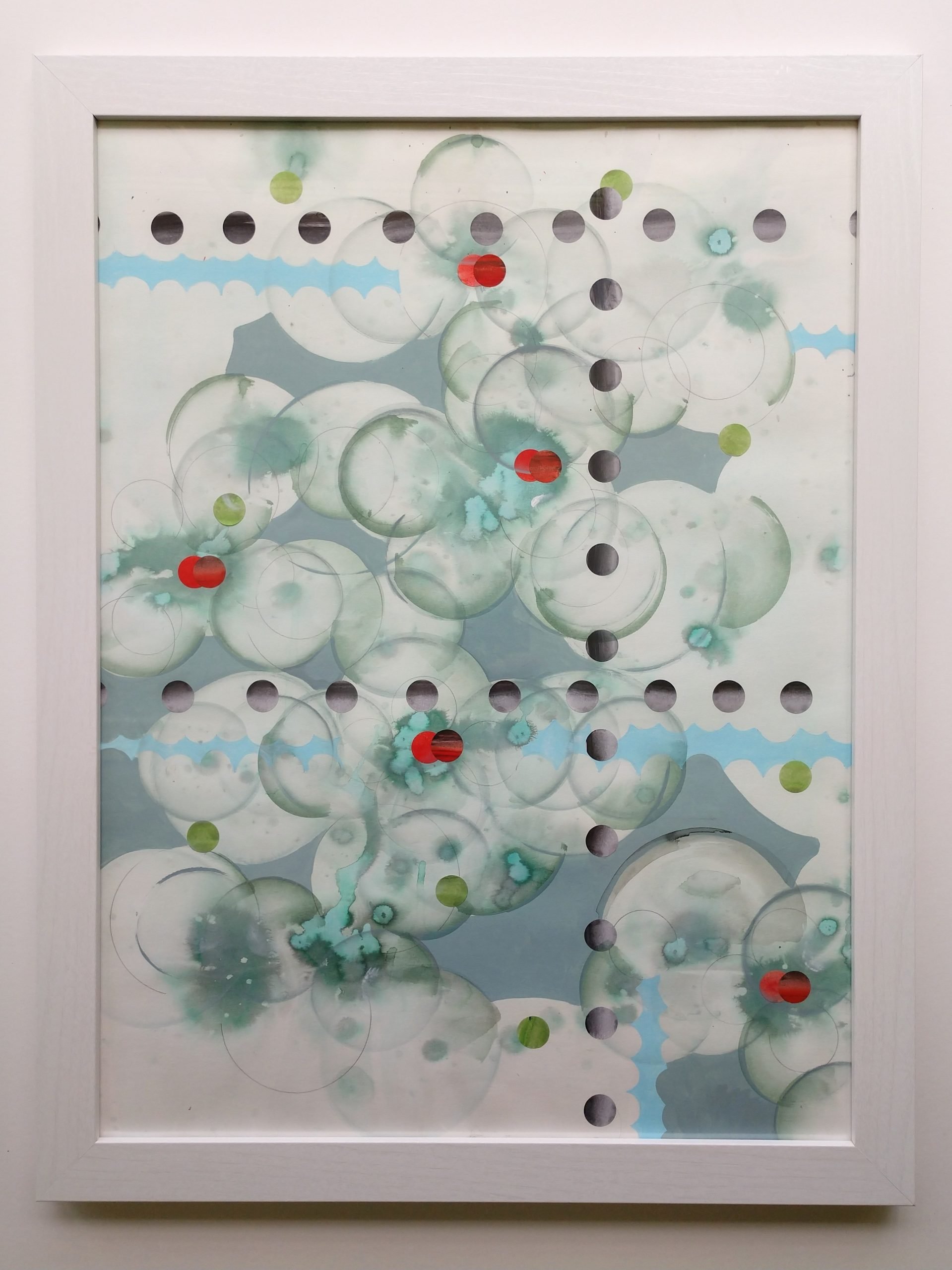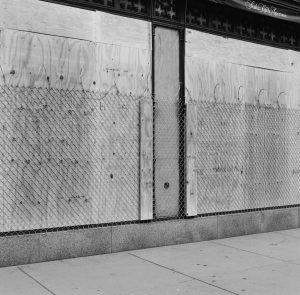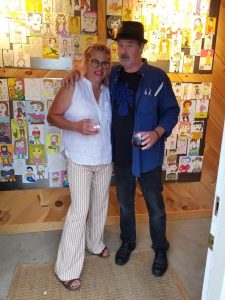Have a question?
Brooks’ Five and Flick Ford
August 17, 2021, Charlestown, Rhode Island. The summer weather in South/Washington County has been great. Perhaps though the predictions that this particular season was going to be filled with outrageously unforgettable moments was a bit premature. Covid paranoia is still very present here at BoP. Despite this, we launched the BoP Gallery in the Reading Room (red barn).
Raj by the Sea, a concept developed by Elizabeth Eckel and BoP Gallery, sold out. These block prints on hand rolled Loki paper were created by hand from wooden stamps made in India and those carved by artist musician Jon Campbell. By combining ideas from two disparate climates and cultures, we found harmony, beauty and even whimsy. Local photographers, Bill Morse and Joe Vericker hung their pictures of our habitats. Academy of Natural Science (at Drexel University in Philadelphia) illustrator and international fisherman Flick Ford shared his process and work. Now, and on view until October, a consortium of New York City artists, the Brooks’ Five, landed here, three miles from the wild shores. During this exhibition, we witness mostly abstract art – etchings of spruce trees, photographs shot with a Hasselblad and film developed in a dark room, a movie of “Selfless Selfies” comprised of stunning digital images, a mural of illustrations of women in all kinds of moods and dispositions, and an artist whose work is in the MoMA collection – bubbling up into effervescence.

As a writer, I have always envied the visual artists for their bravery. Art is immediate. Viewers, unlike readers, don’t have to spend time (!?) getting to the answer (a.k.a. reading), or wading through boring or bad writing to get to the good. Visual artists have courage – bang!- there it is, whereas writers can hide behind words, paper and screens. But I’ve realized too, and once again, that artists require writers. We can help explain what they have given and shared.
It was one particular conversation, however, that will mark the Summer of ’21. Flick Ford, in an incredibly generous and self-effacing gesture, actually let us in on his process; how he creates. One of our regular patrons, and fellow visual artist, (if we were to call ourselves a 21st Century Salon) took copious notes. She glowed after learning some tricks. Flick did not seem to mind – “go ahead and try to be better” – he said. What a challenge. We laughed. There could possibly be no way. We also talked about how illustrating fish is a lost art, lost to digital vaults and algos (as techies like to call them). Are illustrations of fish, in other contexts, more valuable than photographs? Ford’s work, for example, is anatomically correct (for each subject he renders).

Since Ford has been working on capturing fish on paper for over twenty years, he, like fishermen, (and his work) can tell us a lot about the present evolution of fish and their habitat. How are we treating our fish? An important chronicle.
Of course fact checking is important. So I asked one of the Brooks’ Five, Roland Eckl. His photography, shot on an ’86 Hasselblad camera, and through the lens of an architect, is very different than the digital photos we see everywhere today. It is physical. It has dimension. Texture.

At our dinner following the opening, I had to inquire. The sculptor, Vaughn Randall, chimed in. It was agreed. We had consensus. Flick was right. The implications of all this astounds.


Please add your thoughts to this story here